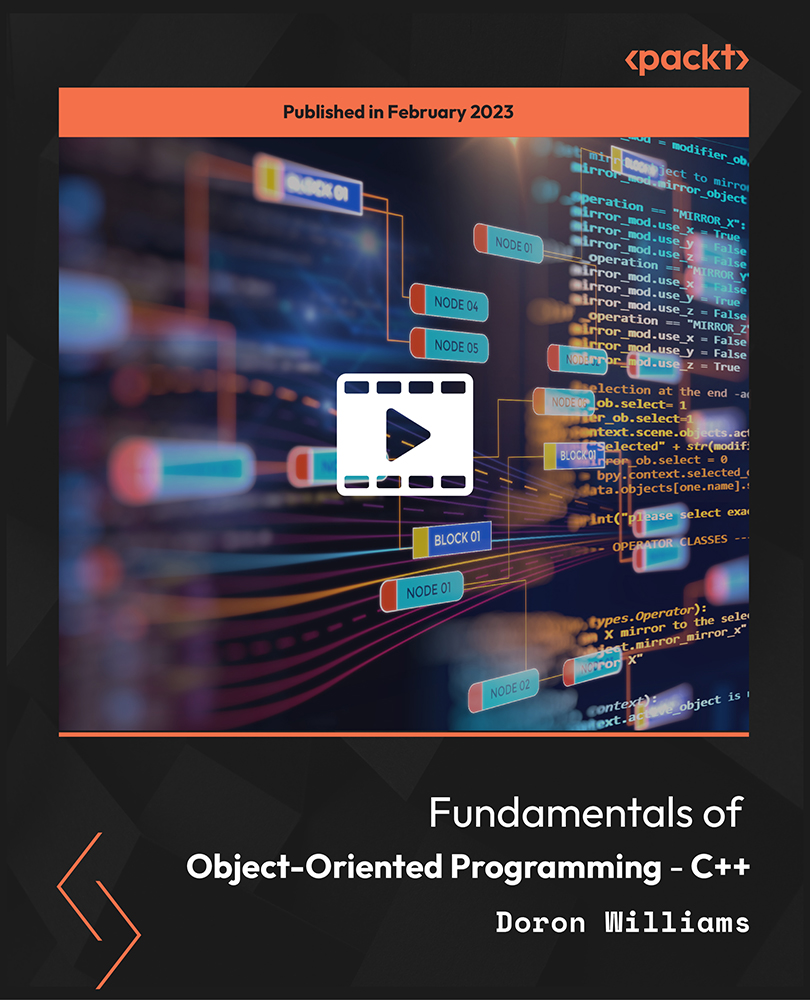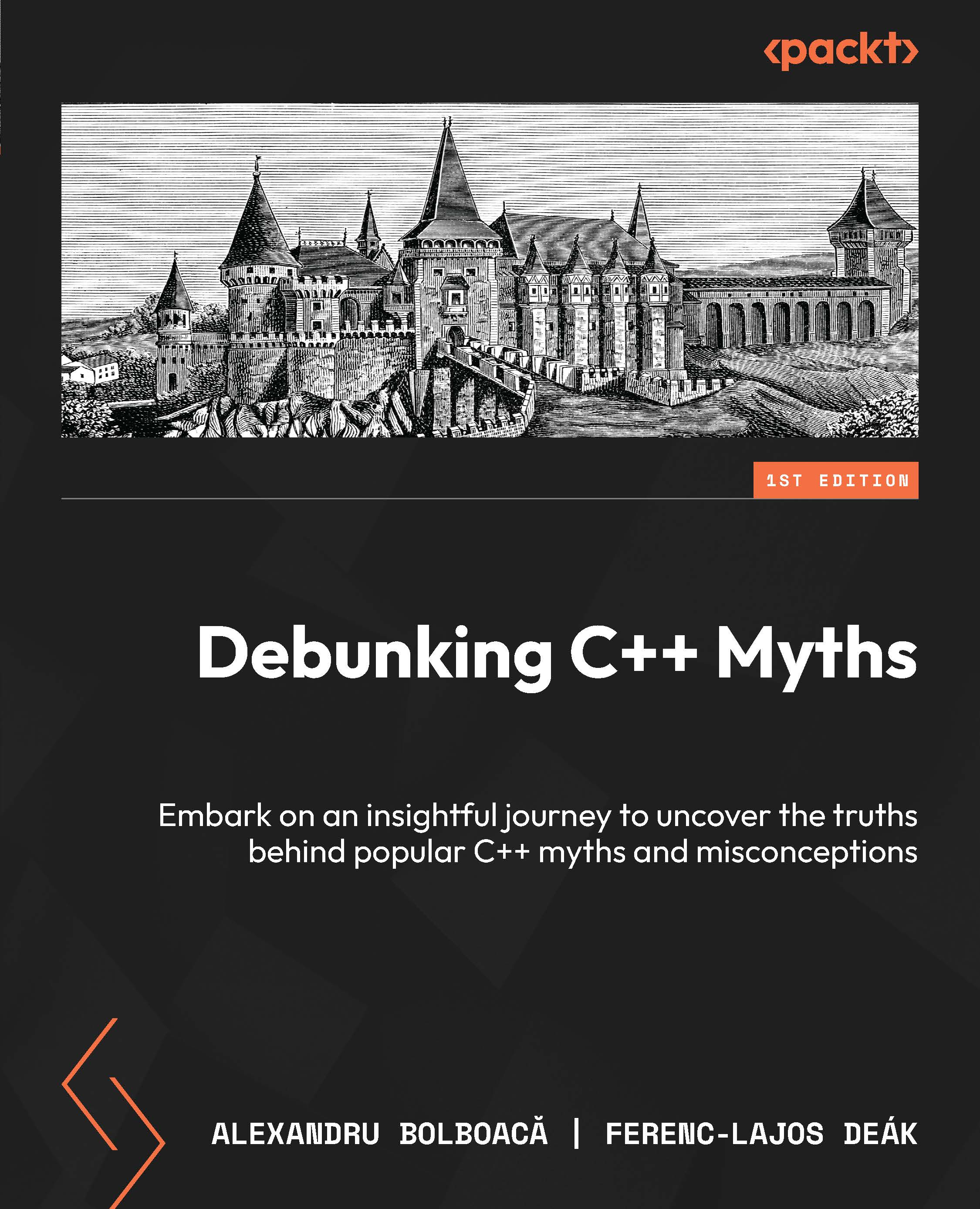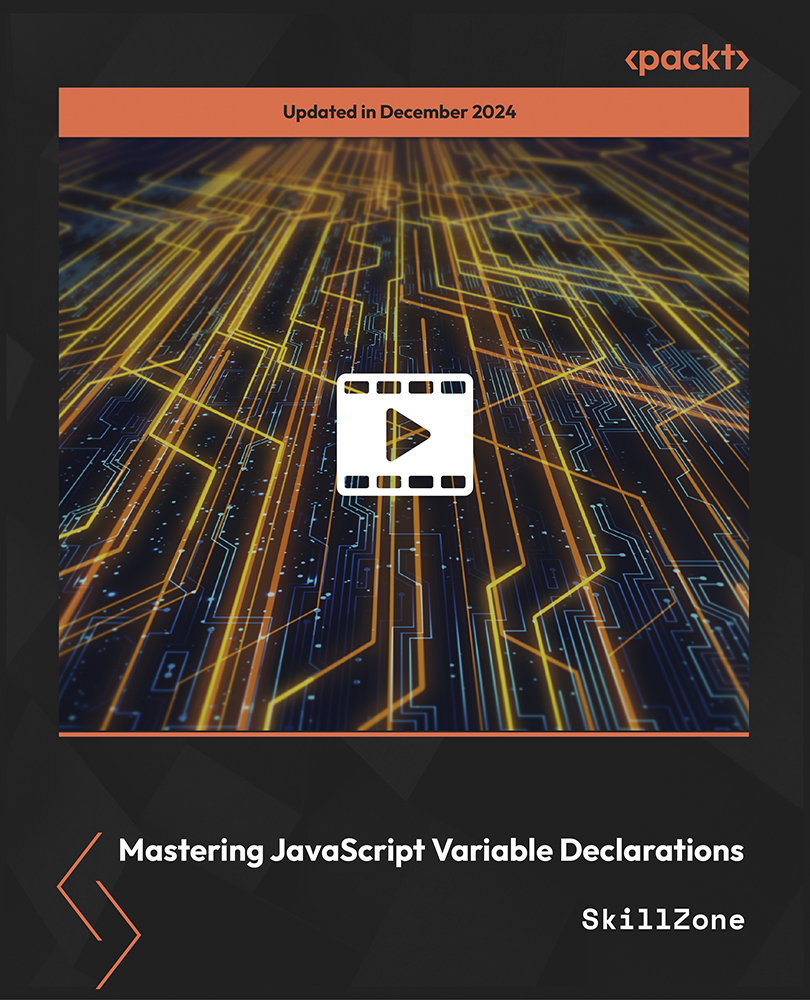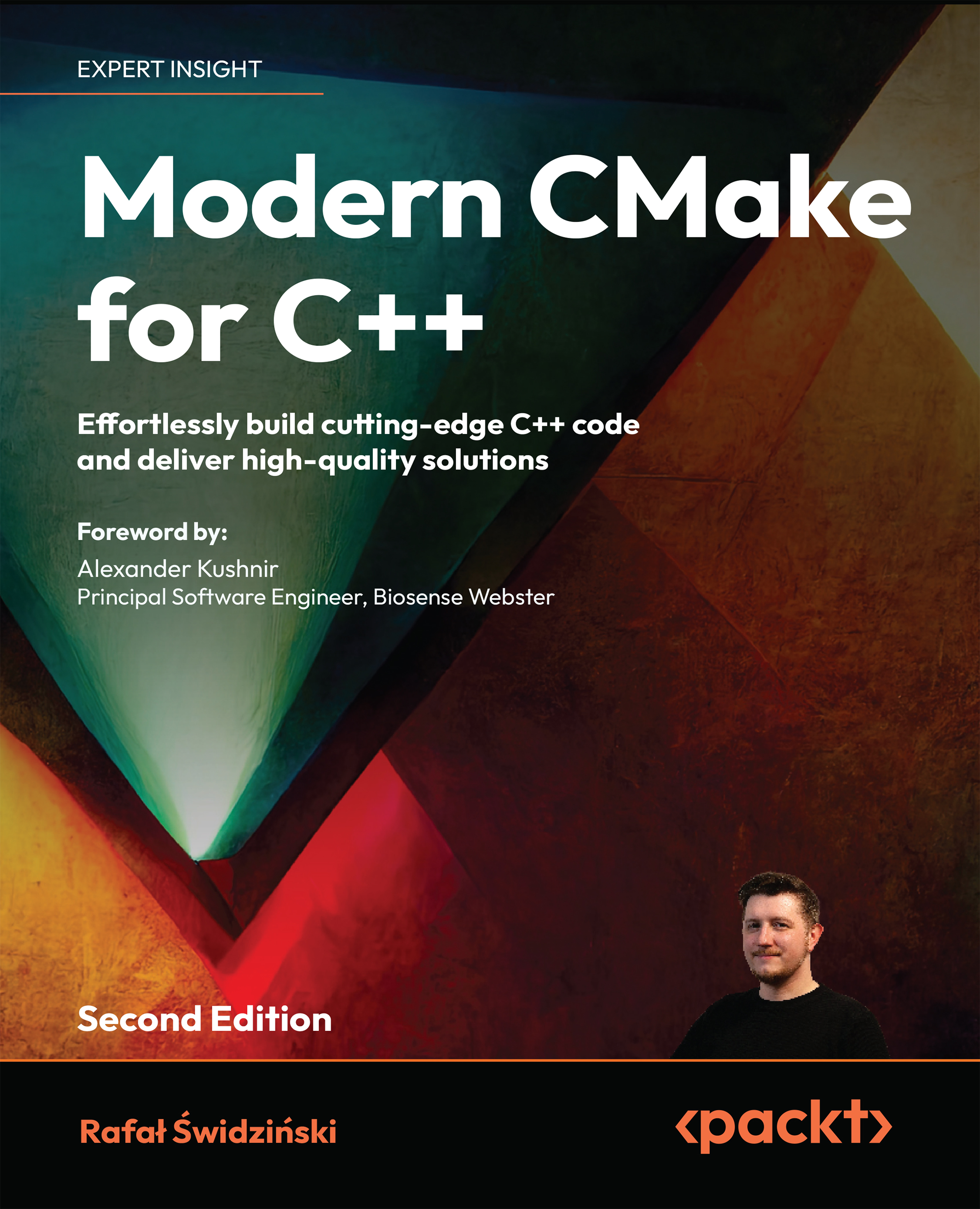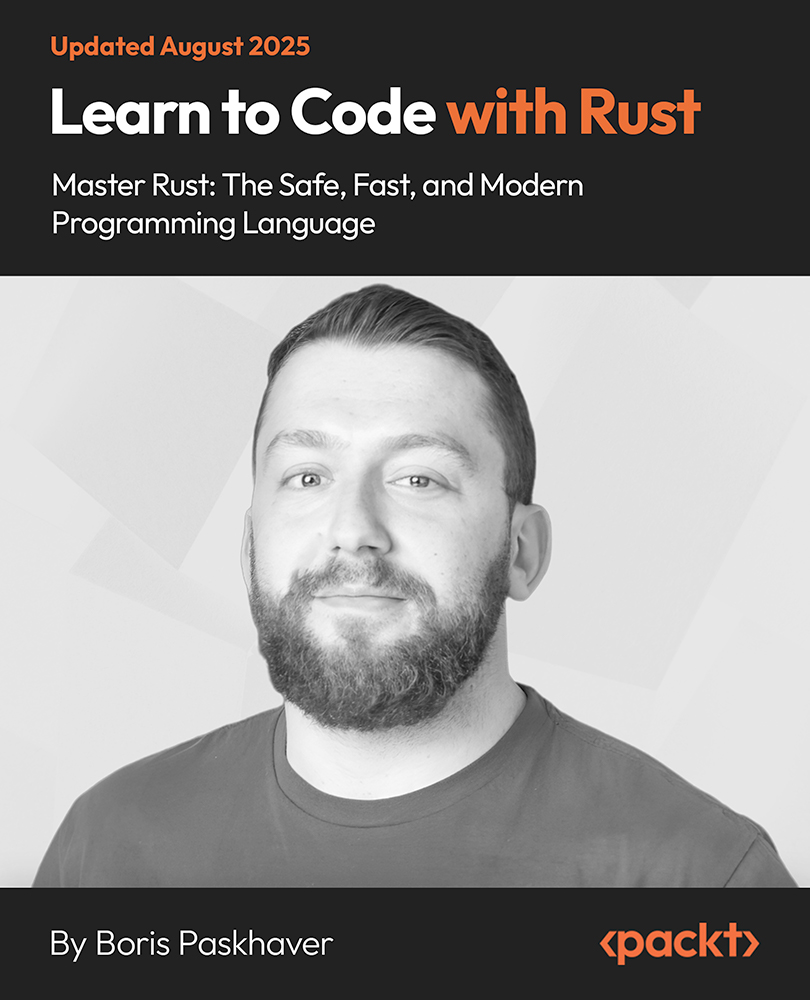A comprehensive understanding of databases is impossible without delving into humanity’s history. The desire to preserve knowledge throughout time has made writing one of the most enduring technologies, and looking back, it was first used in temples and caves, which can be recognized as the first non-computational databases of humankind.
Today, the industry emphasizes accurate and well-recorded information. As a matter of fact, the result of an increasing number of people gaining access to technology and joining the global network of information is reflected in research that states that the amount of data doubles every two years.
The history of modern databases began in 1960, when Charles Bachman designed the first database for computers, the integrated data store, or IDS, a predecessor to IBM’s Information Management System (IMS).
A decade after that, around 1970, one of the most significant events in the history of databases occurred when E. F. Codd published his paper A Relational Model of Data for Large Shared Data Banks, coining the term relational database.
Finally, as the next and probably most recent breakthrough in terms of data storage, came NoSQL, which refers to any non-relational database. Some say NoSQL stands for Non-SQL, while others say it stands for Not Only SQL.
NoSQL databases power some of the most popular online applications. Here are a few:
- Google: Google uses NoSQL Bigtable for Google Mail, Google Maps, Google Earth, and Google Finance
- Netflix: Netflix likes the high availability of the NoSQL database and uses a combination of SimpleDB, HBase, and Cassandra
- Uber: Uber uses Riak, a distributed NoSQL database with a flexible key-value store model
- LinkedIn: LinkedIn built its own NoSQL database called Espresso, which is a document-oriented database
The challenges of handling data
The evolution of database systems has been marked by key milestones over the decades. In the early days, when storage was expensive, the challenge was finding ways to reduce information waste. A reduction of even one million dollars’ worth of information was a significant achievement.
Did you know?
At the dawn of the database era, a megabyte used to cost around 5 million dollars!
https://ourworldindata.org/grapher/historical-cost-of-computer-memory-and-storage
Today, megabyte cost isn’t the challenge anymore as we’re living at the cost of 0.001 $/MB. As time passed and storage became cheaper, the methods of reducing duplicate data started to negatively impact an application’s response time. Normalization and the attempts to reduce data duplication, multiple join queries, and massive amounts of data did not help as much.
It’s no surprise that challenges to this model would eventually emerge. As noted by the esteemed and respected authors of the book Fundamentals of Software Architecture (https://www.amazon.com/dp/1492043451/), definitive solutions don’t exist; instead, we are presented with many solutions where each is accompanied by its own set of benefits and drawbacks.
Obviously, the same applies to databases.
There is no one-size-fits-all solution when it comes to data storage solutions.
In the 2000s, new storage solutions, such as NoSQL databases, began to gain popularity and architects had more options to choose from. This doesn’t mean that SQL stopped being relevant, but rather that architects must now navigate the complexities of choosing the right paradigm for each problem.
As the database landscape went through these phases, the application’s scenario also changed. Discussions moved toward the motivations and challenges of adopting a microservices architecture style, bringing us back to the multiple persistence strategies available. Traditionally, architectures included relational database solutions, with one or two instances (given its increased cost). Now, as new storage solutions mature, architectural solutions start to include persistence based on NoSQL databases, scaling up to multiple running instances. The possibility of storing data in multiple ways, throughout different services that compose a single broader solution, is a good environment for potential new solutions with polyglot persistence.
Polyglot persistence is the idea that computer applications can use different database types to take advantage of the fact that various engine systems are better equipped to handle different problems. Complex applications often involve different types of problems, so choosing the right tool for each job can be more productive than trying to solve all aspects of the problem using a single solution.
When analyzing solutions in most recent times, the reality confronts us, developers and architects, with the complexity of choice. How do we handle data, having to consider a scenario with multiple data types? To make it clear, we’re talking about mixing and matching hundreds of possible solutions. The best path is to prepare by learning about persistence fundamentals, best practices, and paradigms. And finally, being aware that no matter how much we desire a fast, scalable, highly available, precise, and consistent solution – we now know that, according to the CAP theorem, a concept discussed later in this chapter, that may be impossible.
Next, we’ll narrow down our focus specifically to persistence within the context of Java applications.
 United States
United States
 Great Britain
Great Britain
 India
India
 Germany
Germany
 France
France
 Canada
Canada
 Russia
Russia
 Spain
Spain
 Brazil
Brazil
 Australia
Australia
 Singapore
Singapore
 Canary Islands
Canary Islands
 Hungary
Hungary
 Ukraine
Ukraine
 Luxembourg
Luxembourg
 Estonia
Estonia
 Lithuania
Lithuania
 South Korea
South Korea
 Turkey
Turkey
 Switzerland
Switzerland
 Colombia
Colombia
 Taiwan
Taiwan
 Chile
Chile
 Norway
Norway
 Ecuador
Ecuador
 Indonesia
Indonesia
 New Zealand
New Zealand
 Cyprus
Cyprus
 Denmark
Denmark
 Finland
Finland
 Poland
Poland
 Malta
Malta
 Czechia
Czechia
 Austria
Austria
 Sweden
Sweden
 Italy
Italy
 Egypt
Egypt
 Belgium
Belgium
 Portugal
Portugal
 Slovenia
Slovenia
 Ireland
Ireland
 Romania
Romania
 Greece
Greece
 Argentina
Argentina
 Netherlands
Netherlands
 Bulgaria
Bulgaria
 Latvia
Latvia
 South Africa
South Africa
 Malaysia
Malaysia
 Japan
Japan
 Slovakia
Slovakia
 Philippines
Philippines
 Mexico
Mexico
 Thailand
Thailand



